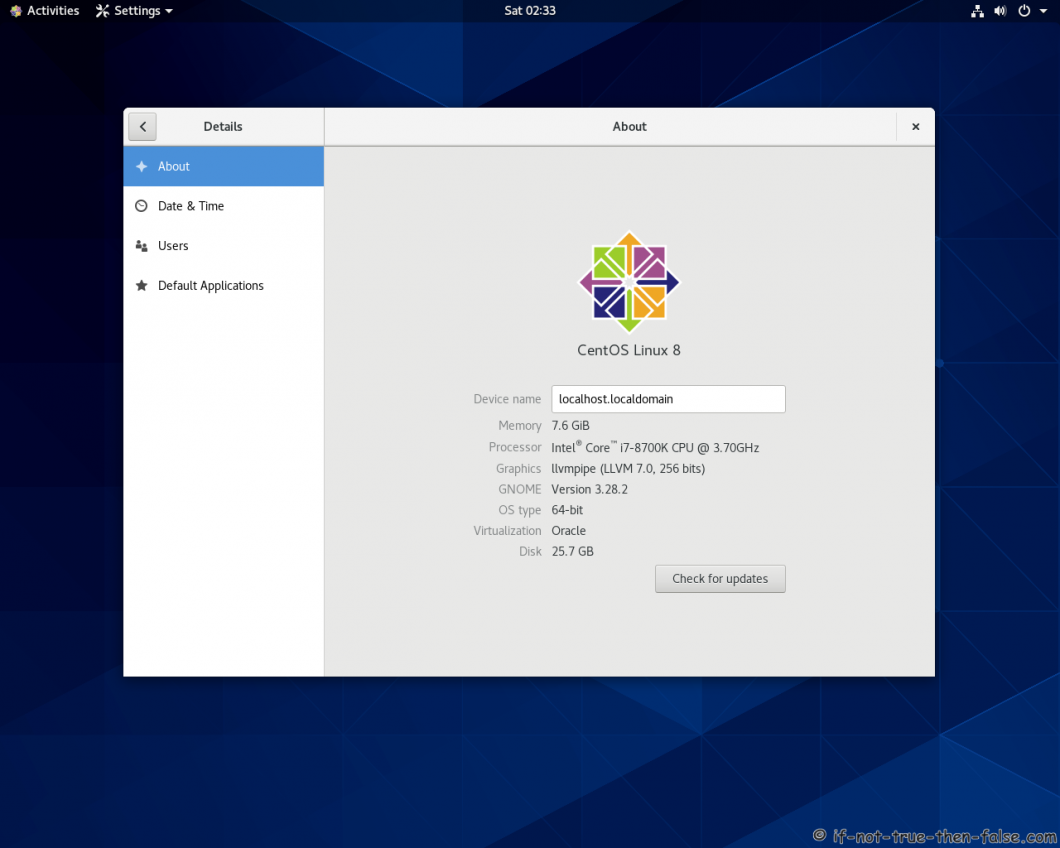
In ESXi 7 update 2 you can enabled PCI passthruough without needing to reboot the host, this is a much welcome feature.

Once the card arrived I installed it and booted the server up.

I did some research and came up with the Quadro P620 being the most affordable and power efficient (45W) choose with the features I wanted, specifically NVENC /HEVC (H.265) which should future-proof me for a while. I could just add more vCPUs to the VM but I have a limit on how many vCPUs I have, and there are more efficient ways to transcode video. When I need to transcode video to sync to a mobile device for a trip or transcode H265 to H264 for devices that don’t support H265 the processor consumes a lot of CPU on the VM. I’ve decided to re-rip all of my blu-rays and then transcode them to H265 which will give me a better quality file that takes less space than the same file in H264 takes.

Currently Plex is hosted on VMware ESXi 7.0.2 host with two 4 vCPUs and 6GB of vRAM and it works well with H264. I’ve been running Plex in a CentOS 7 VM for over 5 years and it’s been extremely stable, I’ve had no issues, not even one.


 0 kommentar(er)
0 kommentar(er)
